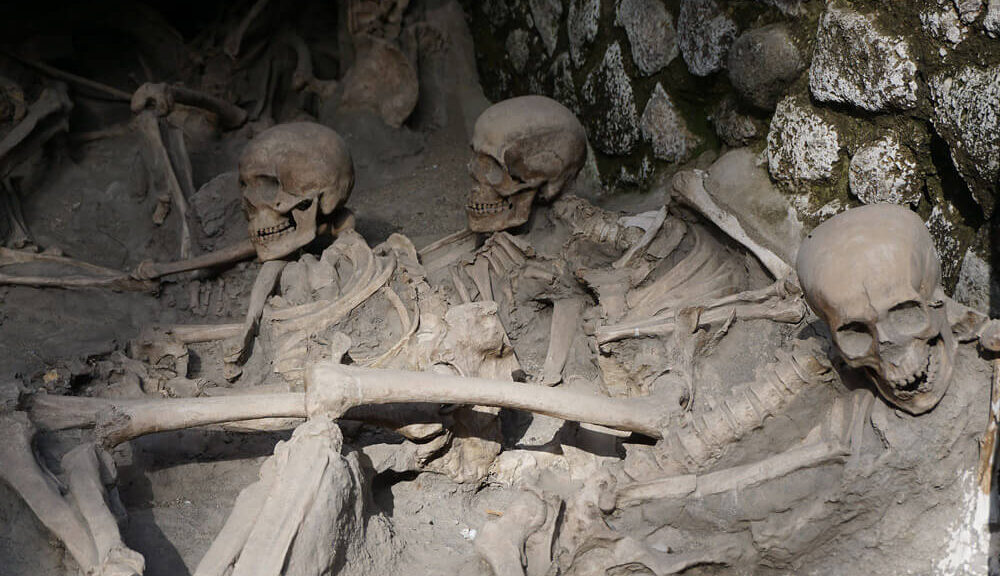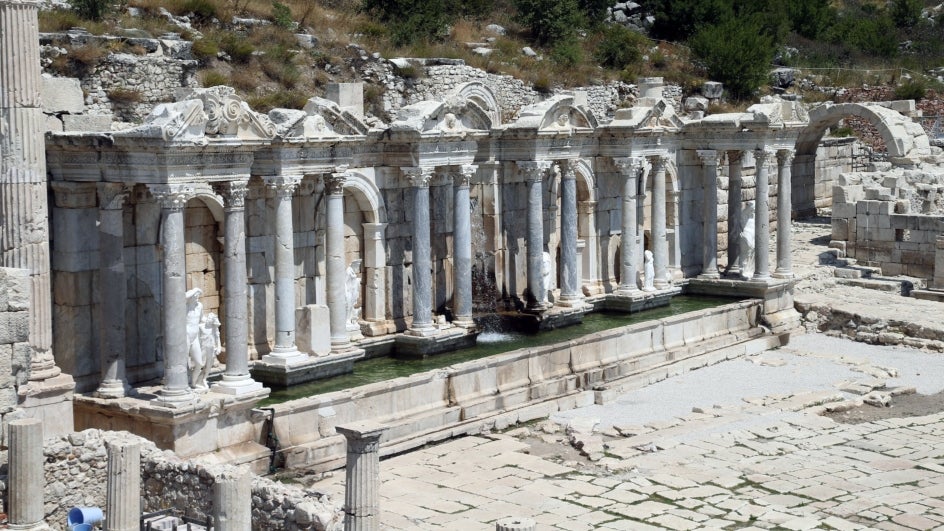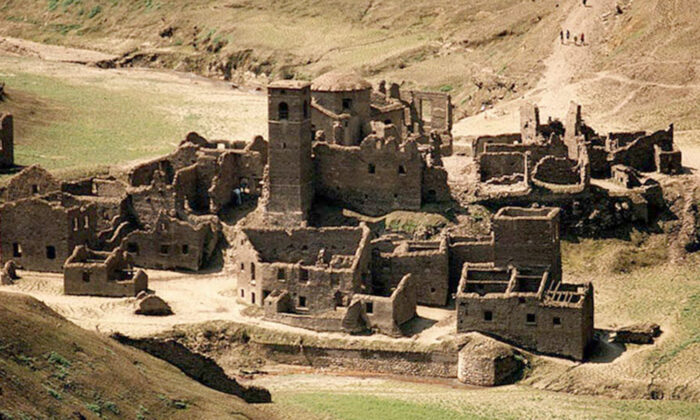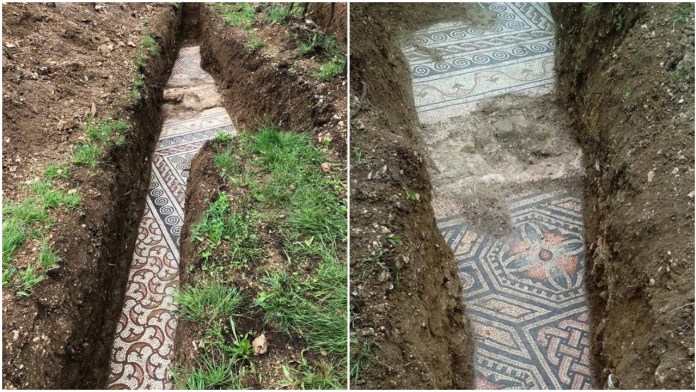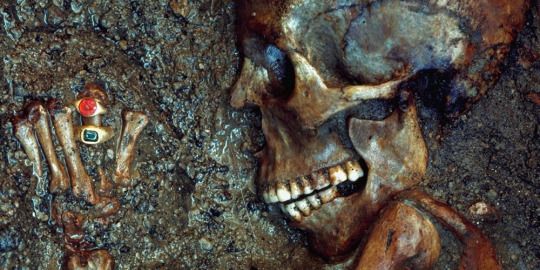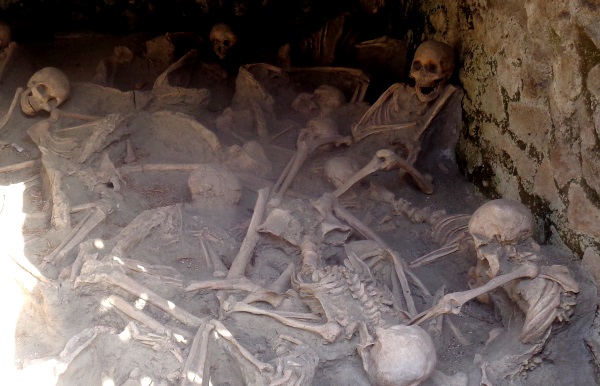Remains of the Inhabitants of Herculaneum who took shelter in the coast buildings during Vesuvius eruption.
A study found that the residents of the Roman town of Herculaneum weren’t instantly vaporized by the Vesuvius, but were instead baked and put to death. Like neighboring Pompeii, during the volcanic eruption of Mount Vesuvius in the year 79 AD, the ancient town was ruined.
Although Pompeii Streets were covered at a level of 13 and 20 feet of ash and pumice, Herculaneum was struck by pyroclastic flows — blazing clouds of gas and debris. While many of the wealthy coastal town’s residents evacuated before the eruption, at least 340 people perished as they attempted to shelter in stone boathouses and on the beach.
While these victims were thought to have had a mercifully rapid death, a fresh analysis of the victim’s skeletal remains now suggests something else. One aspect that makes Herculaneum interesting in comparison with Pompeii is its location relative to Mount Vesuvius — which gave the townsfolk more time to evacuate.

‘The residents saw the eruption and had a chance to attempt an escape,’ said biological anthropologist Tim Thompson of the Teesside University in Middlesbrough.
‘It gives a snapshot into the way in which these people responded and reacted to the eruption,’ he added.
Although many of the coastal town’s population evacuated, around 340 individuals still ended up stranded on the waterfront when the pyroclastic flows swept across the town at some 100 miles per hour (160 kph).
As some of the towns’ menfolk hurried to prepare boats on the beach, many women and children took refuge in the vaulted stone boathouses — or ‘fornici’ — where they would ultimately been unearthed centuries later in 1980.
‘They hid for protection and got stuck. The general theory has been that these individuals were instantly vaporised,’ said Professor Thompson.
This notion has been supported by the fact that few of the human remains from Herculaneum were found in the so-called ‘pugilistic attitude’ — or ‘boxer position’, with flexed elbows and knees as well as clenched fists.
Bodies subjected to high temperatures often end up in the boxer position as their tissues and muscles dehydrate and contract — but this does not occur if temperatures are high enough to rapidly vaporise this flesh off of the bone.
According to the researchers, the latter requires temperatures from the pyroclastic flow well in excess of 1832°F (1000°C) — and they had doubts as to whether this phenomenon took place at Herculaneum.
‘Vaporisation isn’t necessarily in keeping with what we see forensically in modern volcanic eruptions,’ Professor Thompson added. To investigate, the team used techniques to study the Herculaneum boathouse skeletons that they had first developed to study ancient cremations.



Their past work had shown that the crystalline inner structure of skeletons changes depending on the amount of heat they are subjected to, as does the amount of collagen that remains within the bone.
They conducted their tests on the ribs of 152 individuals who perished within the fornici — and found that the state of their bones was not consistent with exposure to temperatures in the order of 572–932°F (300–500°C).
‘What was interesting was that we had good collagen preservation but also evidence of heat-induced change in the bone crystalline,’ said Professor Thompson.
‘We could also see that the victims had not been burned at high temperatures.’


Instead of having their flesh instantly vaporised, the victims may have lived long enough to unpleasantly suffocate on the toxic fumes of the pyroclastic surge, the researchers concluded — if the heat stress didn’t kill them first.
‘The heat caused some changes externally, but not necessarily internally to the bones,’ Professor Thompson said.
This suggests that — in the insulated environment of the boathouses, at least — the temperatures from the pyroclastic flow likely did not exceed 752°F (400°C) and may have been as low as 464°F (240°C).
‘The walls of the fornici, as well as their own body mass, dispersed the heat in the boathouses, creating a situation that more closely relates to baking,’ he added.
Professor Thompson and colleagues’ findings have not only challenged assumptions about how the catastrophe of Vesuvius played out — but have also opened up new areas of investigation.
‘Thanks to the collagen preservation in the bones of the Herculaneum victims, we have been able to commence a whole suite of further analyses,’ added paper author and archaeologist Oliver Craig of the University of York.
‘For example, through stable isotope measurements, we have gained a unique snapshot of the Roman diet.’
